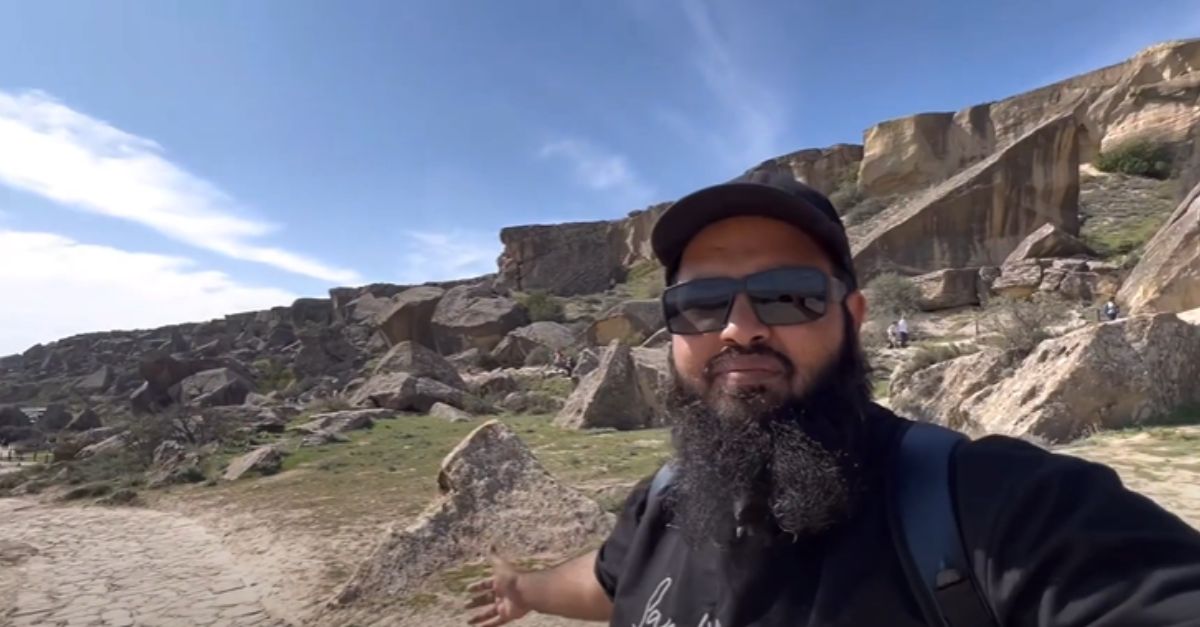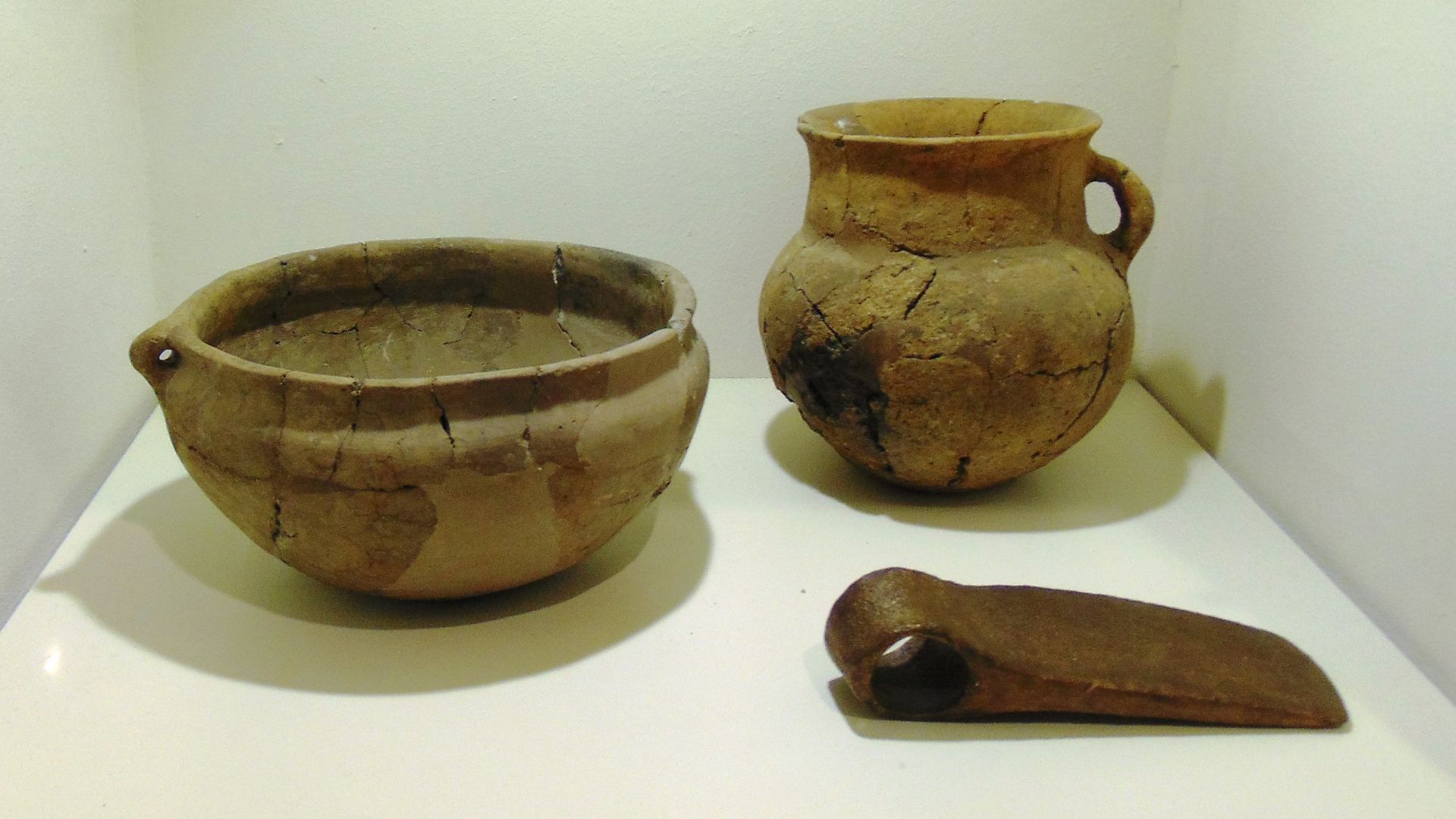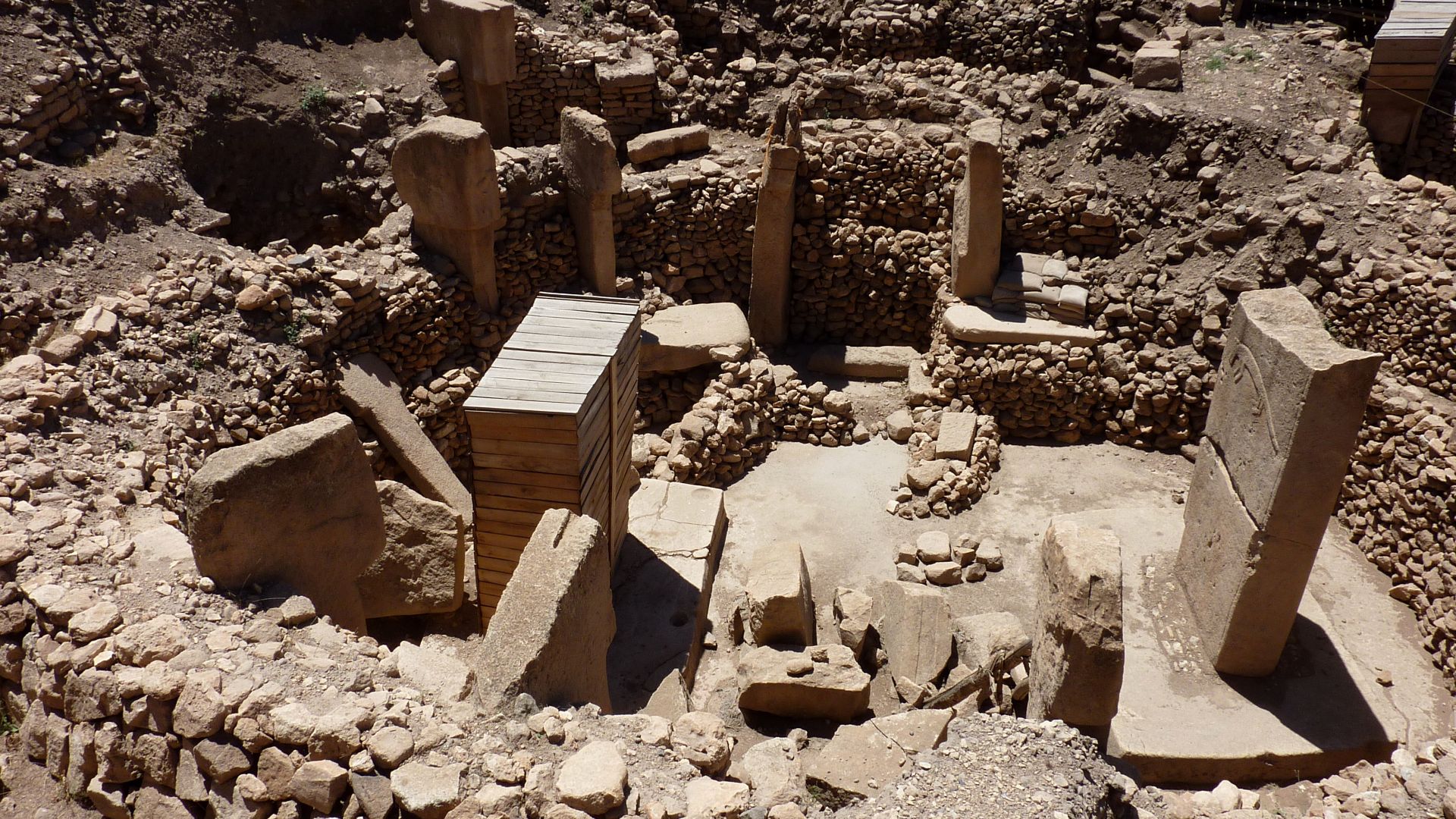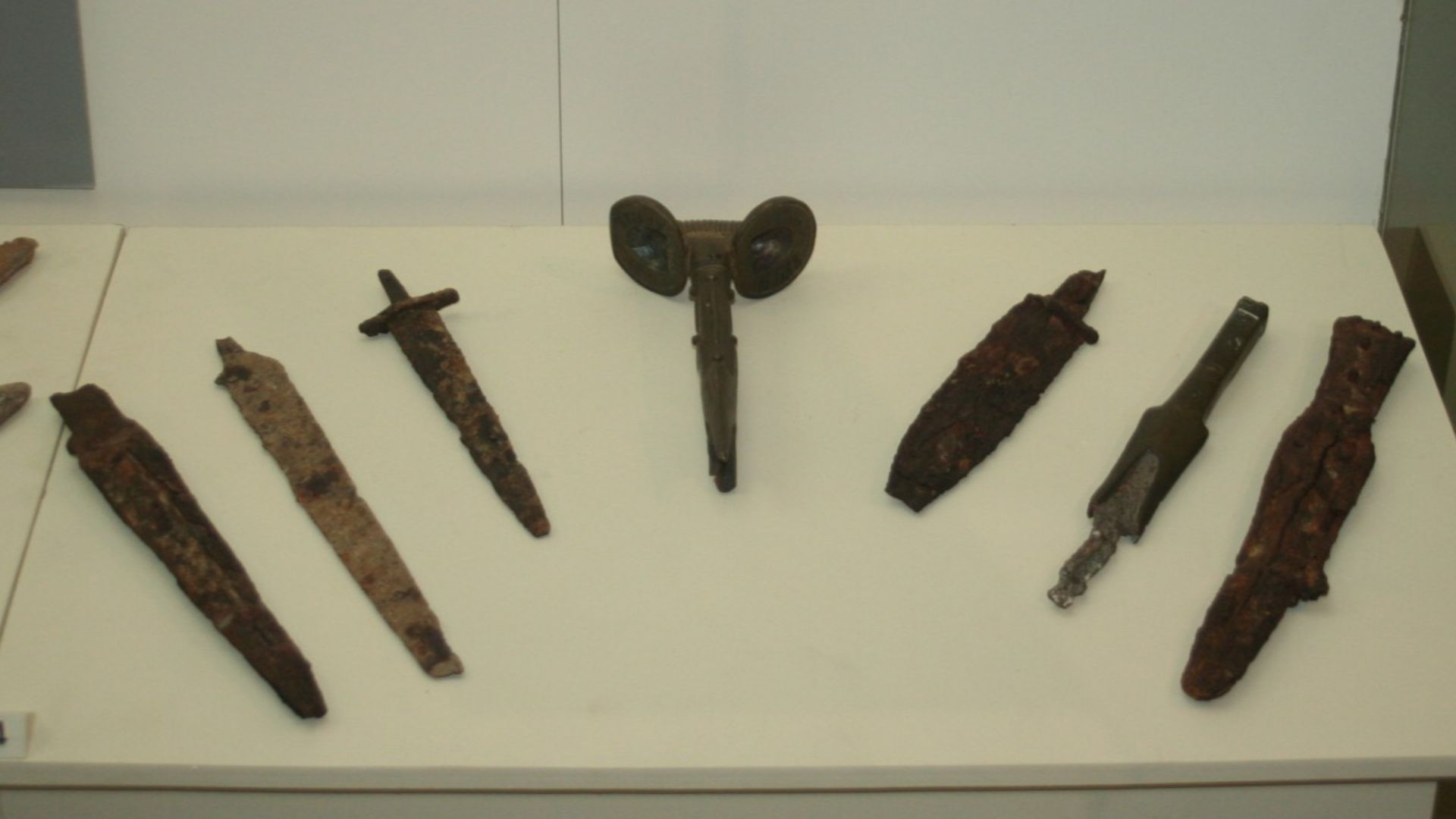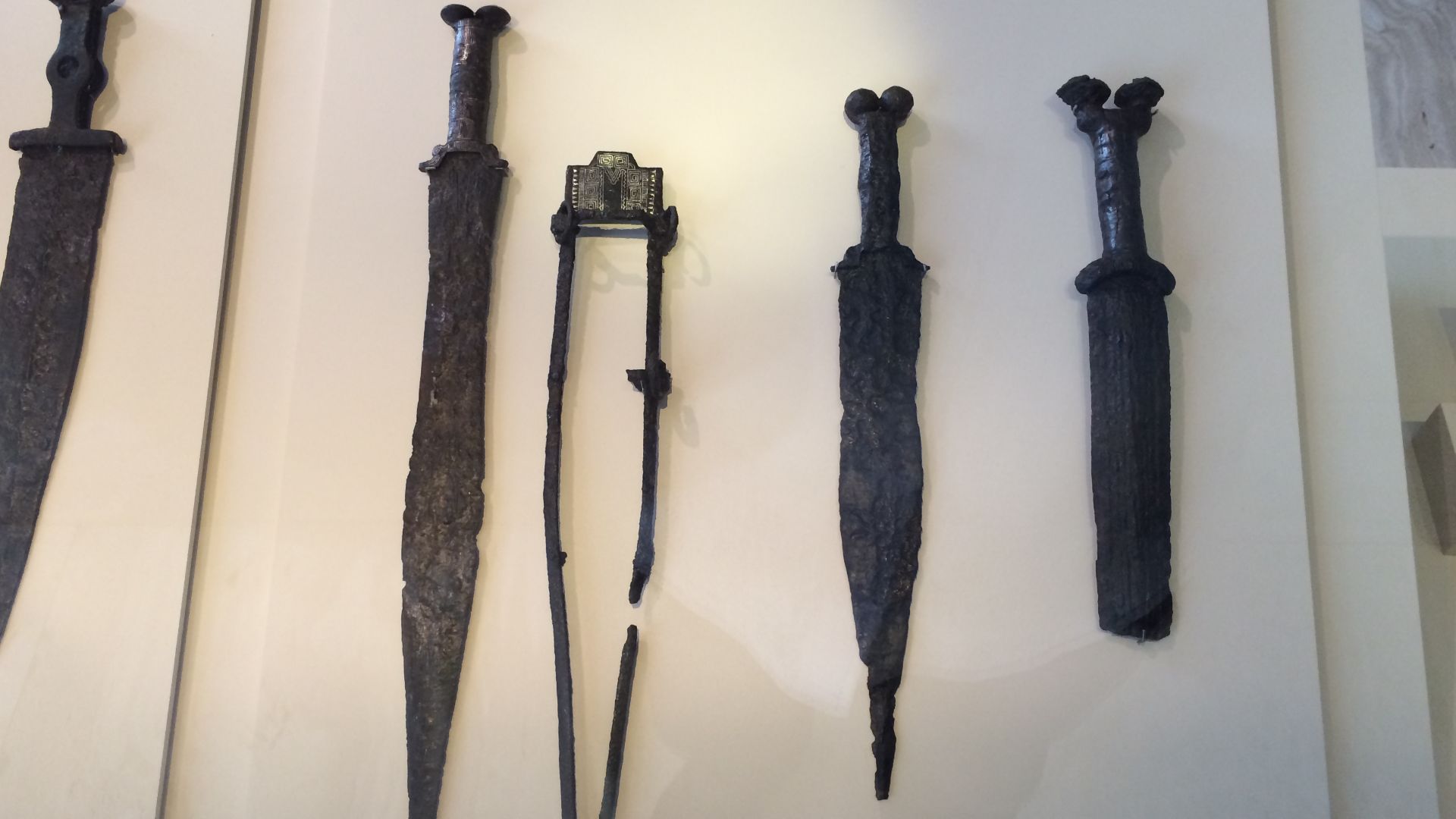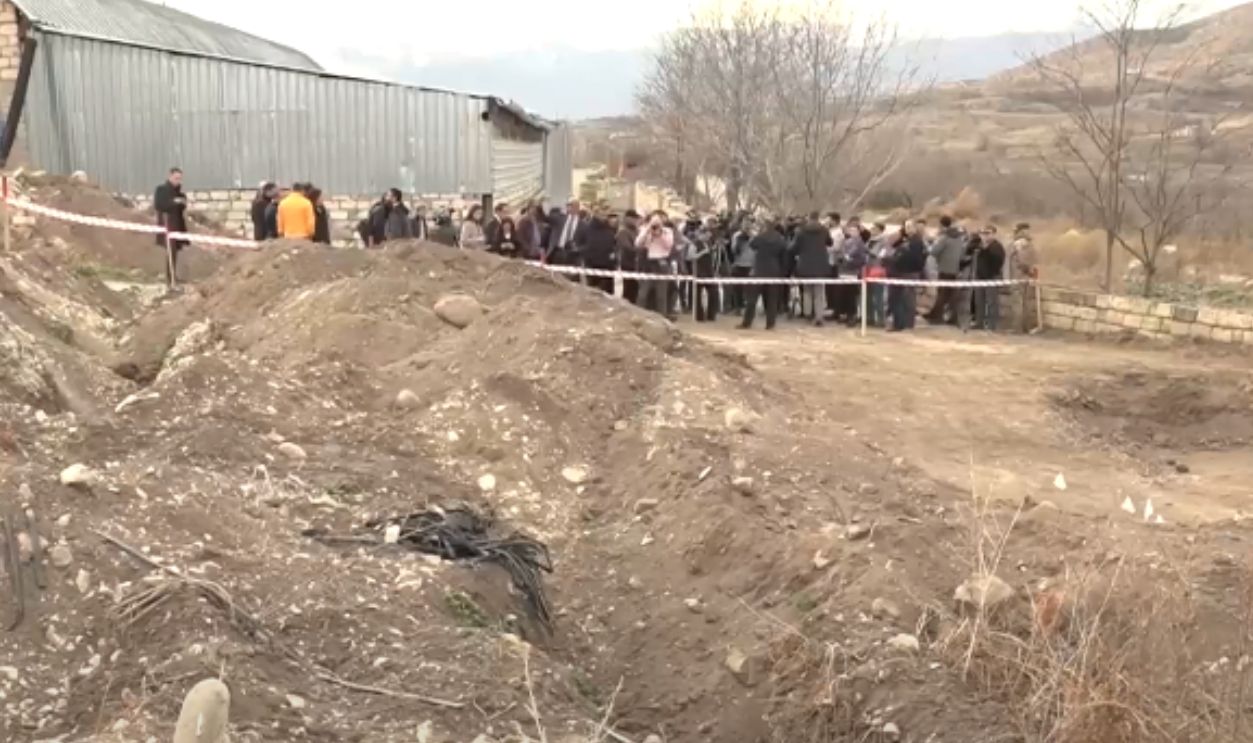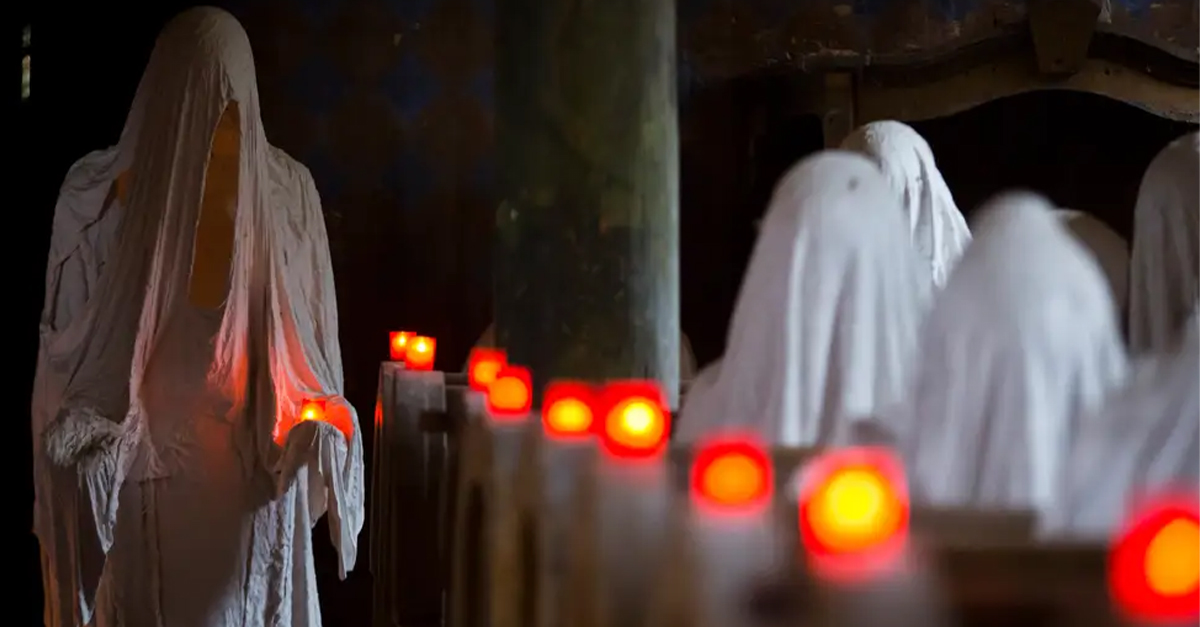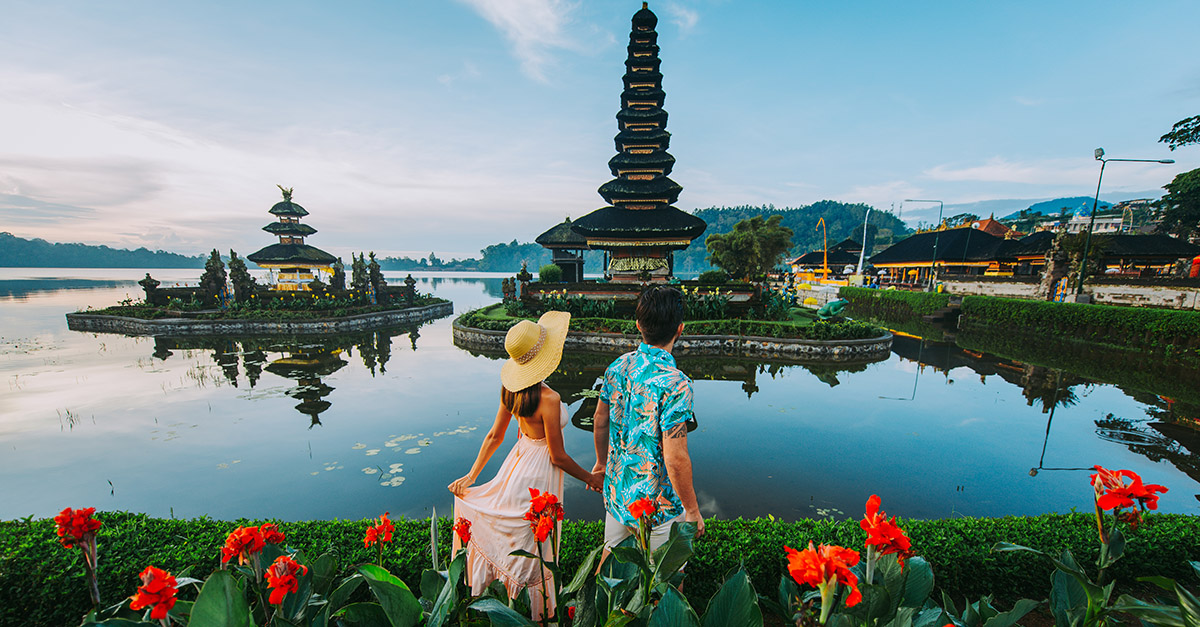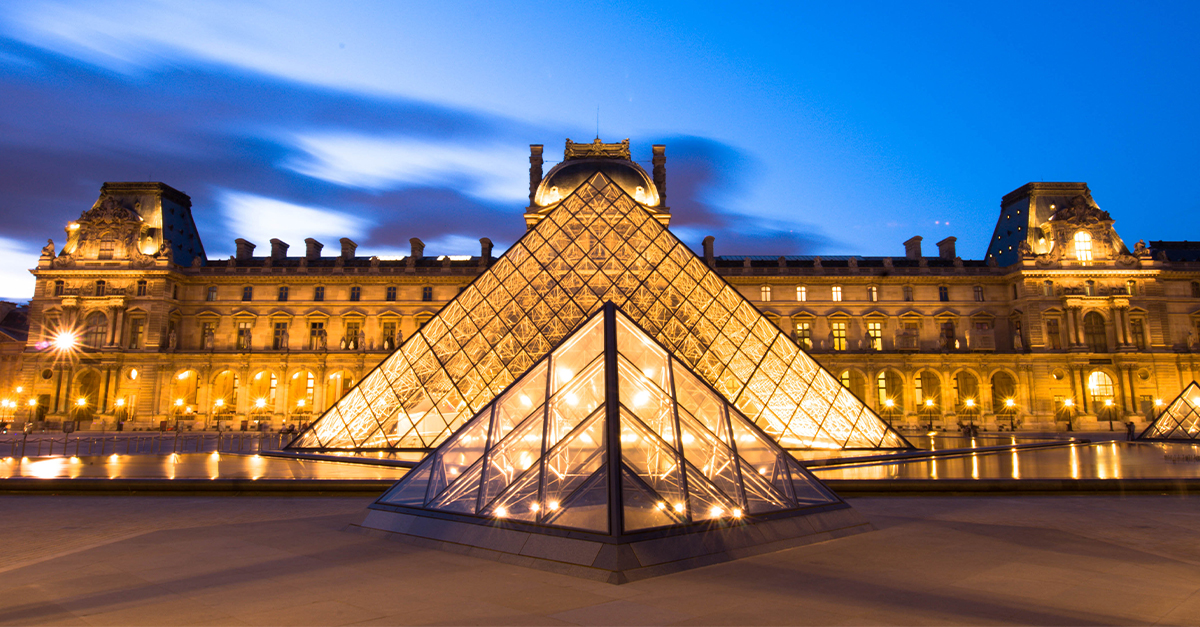Secrets Unearthed
Hidden beneath Azerbaijan’s quiet hills, an early 2020s discovery is turning history on its head. Ancient tombs, older than anyone expected, may predate known civilizations. And what they reveal could rewrite the history that we have written so far.

Prehistoric Burial Mounds Found In Azerbaijan
Azerbaijan is known for its oil reserves and flame-shaped skyscrapers, but scattered across its rolling hills and windswept plains lie mysterious burial mounds (kurgans) that predate empires and kings. These earthworks are ceremonial markers of a long-lost civilization in the Caucasus. But it’s not lost anymore.
Origins Of The Excavations
The excavations began as state-led initiatives by Azerbaijan’s Ministry of Culture. Early digs quickly attracted academic interest, and what followed was a region-wide survey that uncovered one of the most important archaeological finds in the country’s modern history. Even local museum staff and experts joined to help the cause.
 3500-Year-Old Ritual Table Discovered in Azerbaijan by Did You Know Discovery
3500-Year-Old Ritual Table Discovered in Azerbaijan by Did You Know Discovery
Satellite Imaging Is Helping Map Hidden Mounds
Remote sensing tools, such as satellite imaging and LiDAR, are revealing more mounds across the region. Some lie under farmland, while others are scattered in forests. It’s safe to say, though, that everything that has been discovered so far could only be the tip of the iceberg.
Dating Results Shattered Expectations
When the mounds were being studied, routine testing turned into a shock. Early carbon dating revealed the site was much older than anyone predicted—possibly older than the pyramids. With high-tech tools confirming the results, researchers realized they were looking at something that cracked the timeline wide open.
 7000 years old civilization in Azerbaijan | Azerbaijan 🇦🇿 trip EP.09 by Abdul Latif Chohan - Vlogs
7000 years old civilization in Azerbaijan | Azerbaijan 🇦🇿 trip EP.09 by Abdul Latif Chohan - Vlogs
Unexpected Finds Spark Ongoing Debate
Among the burial layers, archaeologists found a few out-of-place items, including materials and designs that don’t match local styles. While some experts suggest trade or migration, others argue for convergent development. Either way, the items complicate the idea of isolated ancient societies.
 7000 years old civilization in Azerbaijan | Azerbaijan 🇦🇿 trip EP.09 by Abdul Latif Chohan - Vlogs
7000 years old civilization in Azerbaijan | Azerbaijan 🇦🇿 trip EP.09 by Abdul Latif Chohan - Vlogs
Possible Ties To The Kura-Araxes And Steppe Cultures
Certain pottery designs and burial patterns echo those found in ancient Steppe and Kura-Araxes cultures. It’s as if these ancient communities were trading and blending their customs. This find might be a missing puzzle piece that connects early cultures across the region.
Comparisons To Mesopotamian And Anatolian Sites
Some elements in the burial styles, like mound structures and grave goods, resembled discoveries in places like Mesopotamia and Anatolia. Were they distant cousins or just parallel thinkers? The similarities raise exciting questions about how early cultures may have influenced one another.
Massive Survey Reveals Over 1,300 Burial Mounds
Archaeologists have now documented more than 1,300 burial mounds scattered across western Azerbaijan. These sites stretch across six millennia, from the Chalcolithic period to the Middle Ages. And each one adds a new layer to a vast, evolving funerary culture that had been hidden for centuries.
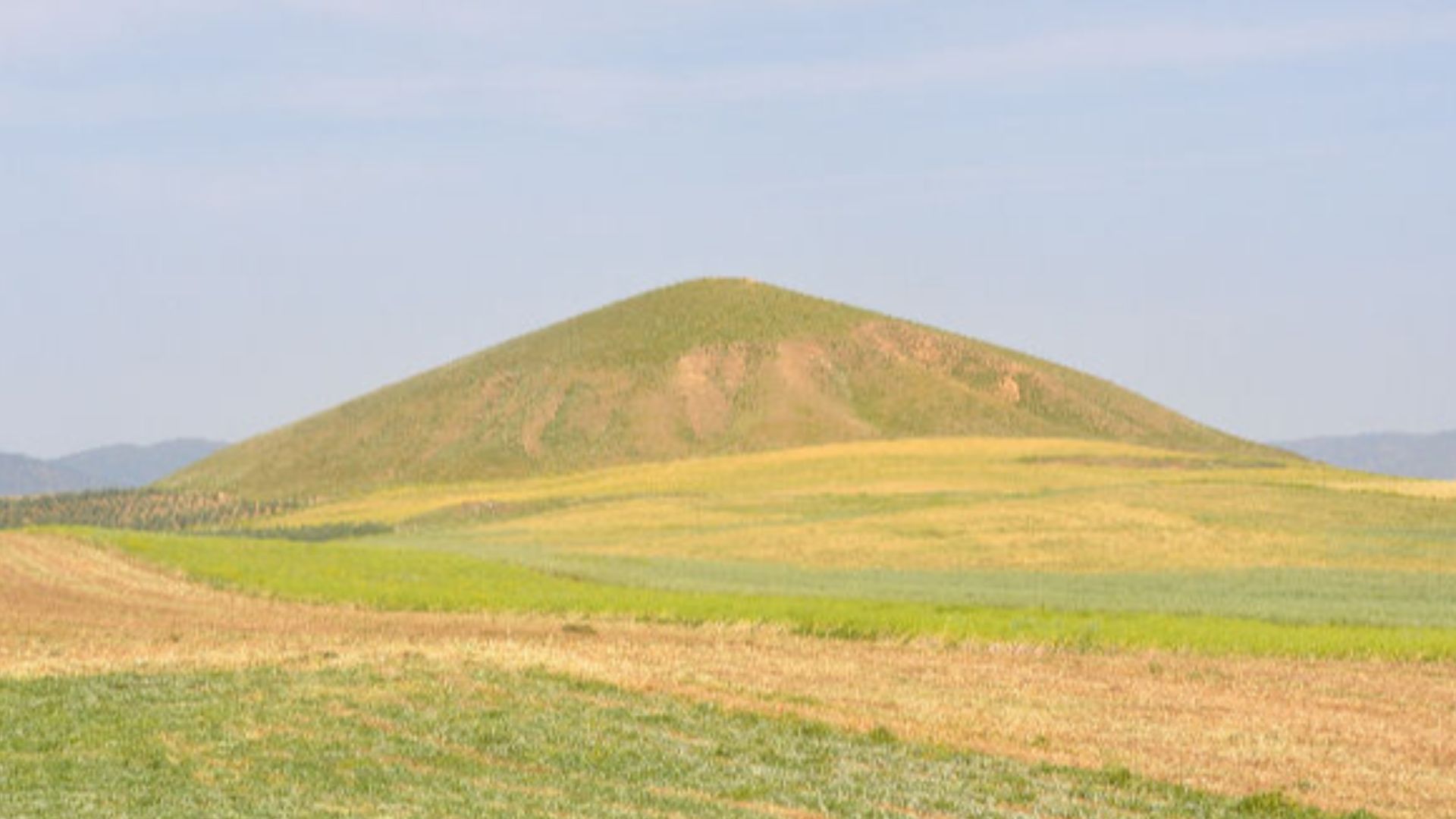 Jona Lendering, Wikimedia Commons
Jona Lendering, Wikimedia Commons
Excavation Revealed Complex Layering Of History
As archaeologists carefully dug through the soil, they uncovered multiple burial levels, each with distinct artifacts and construction styles. The layering revealed evolving traditions that spanned several centuries. Far from primitive, these people showed signs of unexpectedly complex cultural memory.
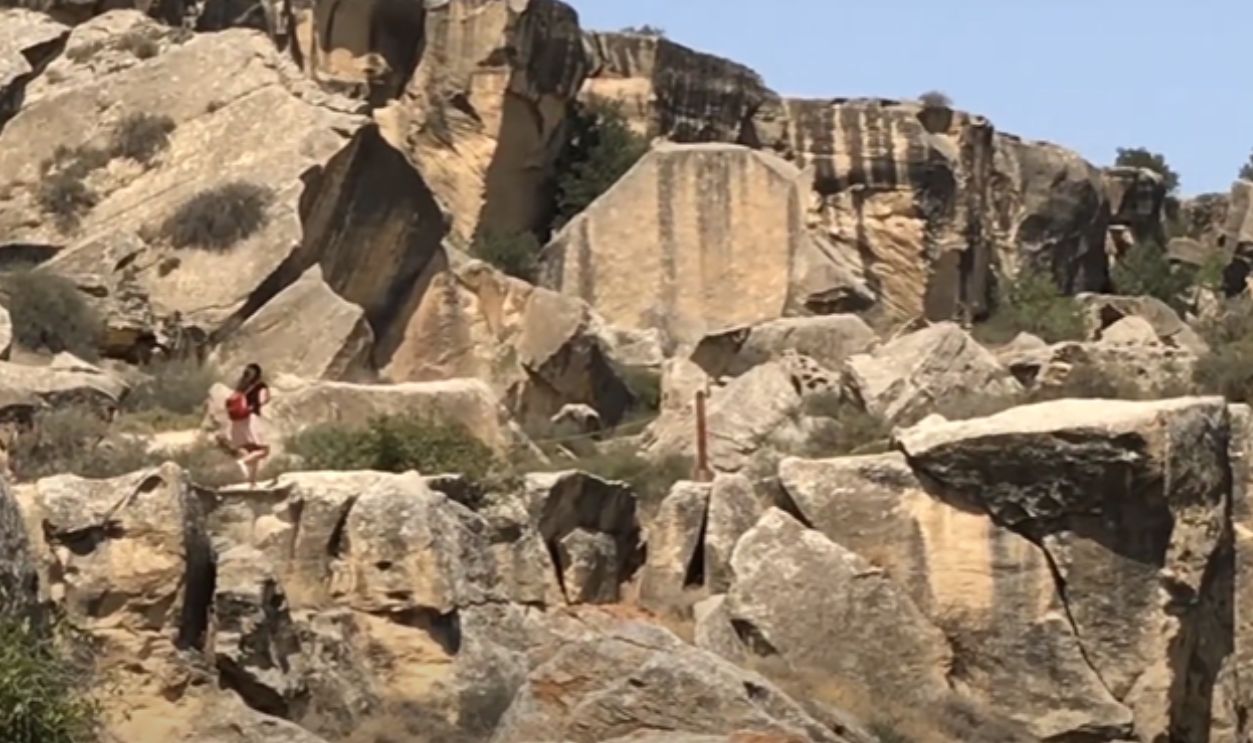 Gobustan, Azerbaijan - Petroglyphs by Extraordinary Roads
Gobustan, Azerbaijan - Petroglyphs by Extraordinary Roads
Tomb Of A Warrior King Discovered In Ceyranchol
A 3,800-year-old kurgan believed to belong to an elite warrior stunned archaeologists. Inside were weapons and an empty chamber, possibly symbolic of the soul’s passage. Also found were a bull-shaped idol and a circular seal, likely used for early administrative order in ancient Azerbaijan.
Mound Construction Reveals Advanced Engineering
The burial mounds also show careful planning, with symmetry and drainage channels in some cases. This kind of engineering didn’t happen by accident. A reasonable conclusion is that these people knew what they were doing and wanted their work to last.
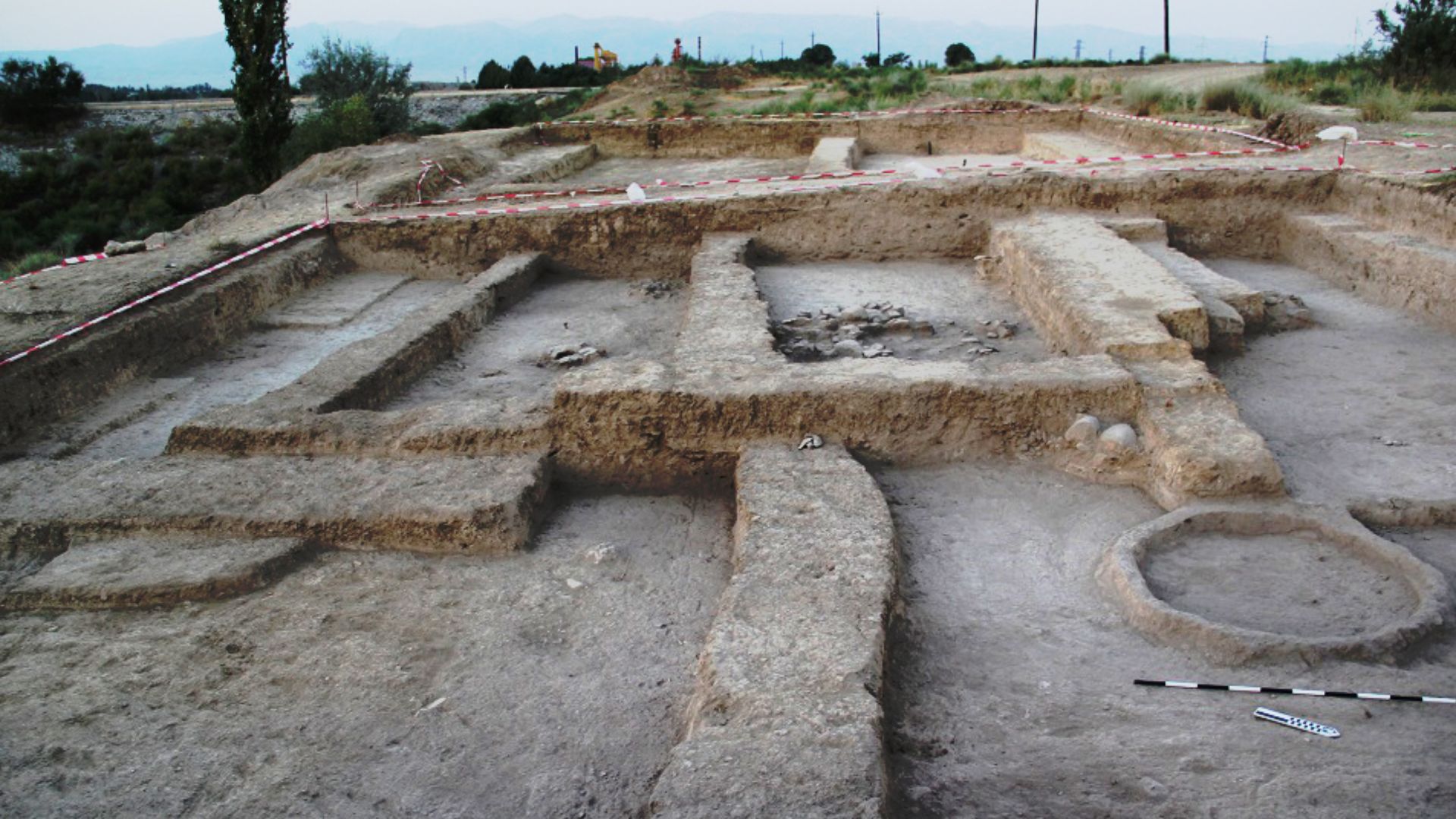 Elmar Baxşəliyev, Wikimedia Commons
Elmar Baxşəliyev, Wikimedia Commons
Symbolism In Burial Orientation And Placement
Bodies were placed facing specific directions, often with personal items at their sides. Some graves were solitary, others in clusters, almost like ancient family plots. The layout suggests beliefs about the afterlife or maybe cosmic alignments. Nothing was random; every placement seemed to carry deeper meaning.
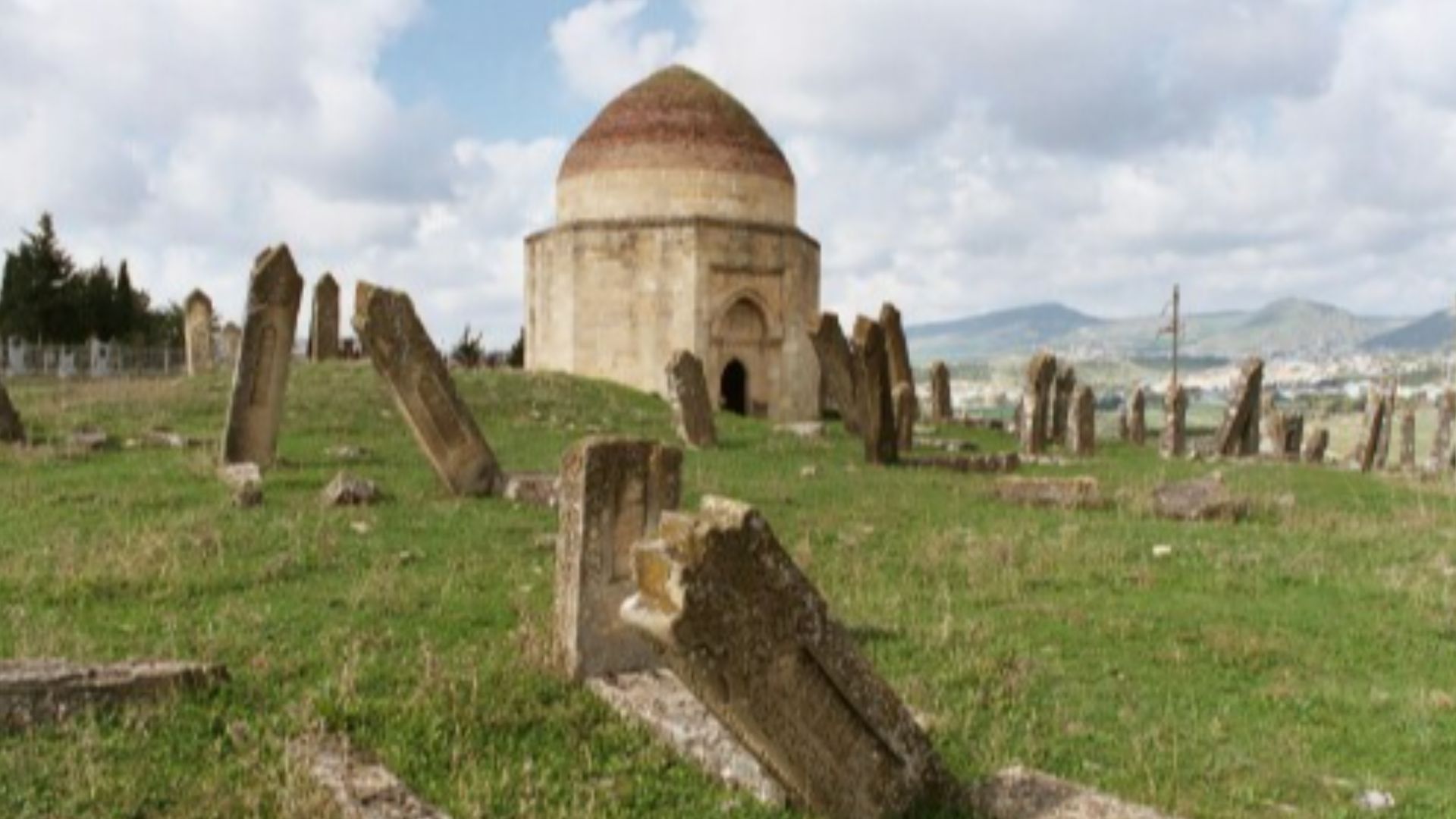 AudreyH from London, United Kingdom, Wikimedia Commons
AudreyH from London, United Kingdom, Wikimedia Commons
Burial Variations Indicate Social Stratification
Archaeologists also discovered differences in grave constructions, which may have indicated a social hierarchy. Some had intricate construction and rich goods, as if they had a VIP status. Others were simpler, more modest. In this society, your grave said a lot about who you were or who you knew.
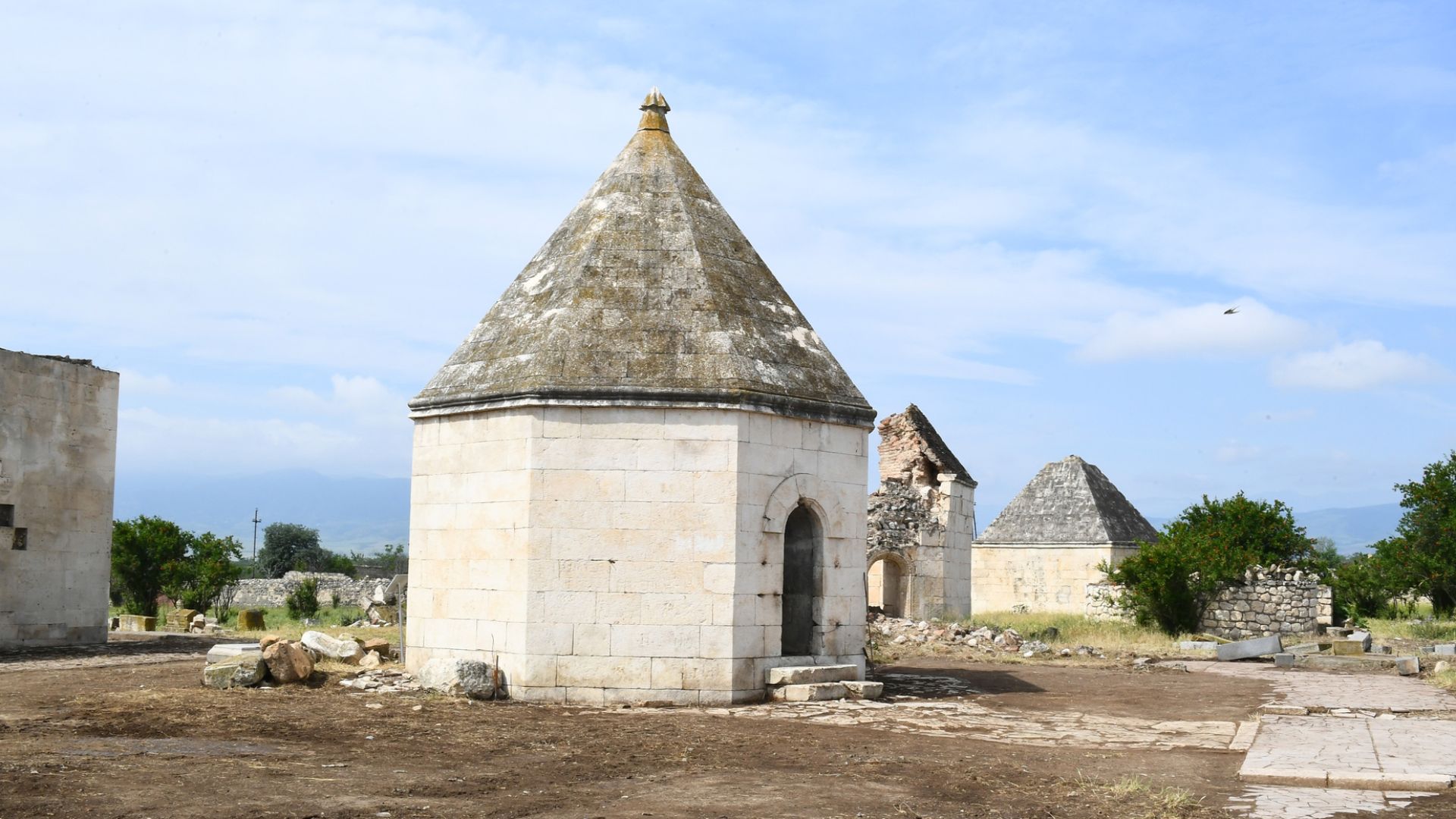 Press Service of the President of the Republic of Azerbaijan , Wikimedia Commons
Press Service of the President of the Republic of Azerbaijan , Wikimedia Commons
Children’s Graves Suggest Complex Family Structures
Smaller graves were also found alongside adult ones, some of which contained miniature tools or charms. Based on their placement, scientists inferred the existence of deep emotional and familial bonds. The arrangements also point to a care for children in death, indicative that the society valued family ties and perhaps lineage.
Burial Goods Hint At Ancient Belief Systems
Some of the graves told profound stories. Items like beads, shaped stones, and handmade tools were placed with care, which may have carried meaning beyond the physical. These quiet details suggest a people who believed death was only part of a larger journey.
 INV#: 5735 - Nardaran's Old Cemetery/ Nardaran Old Cemetery by Ancient RuinsOfAzerbaijan
INV#: 5735 - Nardaran's Old Cemetery/ Nardaran Old Cemetery by Ancient RuinsOfAzerbaijan
Bone And Metal Tools Offer Technological Insights
Among the items found were bone needles, hammered metal tools, and decorative pieces. Whoever the people were, they knew their way around a forge. You don’t craft a bronze pin without some serious know-how. Their skills would put modern DIYers to shame.
The Role Of Ceremony In Prehistoric Death Rituals
Everything about the burials feels intentional. Burned patches in the soil, circles of stones, and precisely arranged bodies point to ceremonies that were carefully carried out. The rituals were likely tied to seasonal cycles or ancestral worship passed down over generations.
 What’s Buried in Azerbaijan’s Old Villages? by Middle East Info
What’s Buried in Azerbaijan’s Old Villages? by Middle East Info
What Human Remains Reveal About Ancient Lifestyles
Teeth don’t lie, and neither do bones. The remains suggest a surprisingly hardy people with a diet that included grains and wild game. And while a few showed signs of injury or disease, others looked like they’d lived pretty full lives, without ever hearing of kale smoothies.
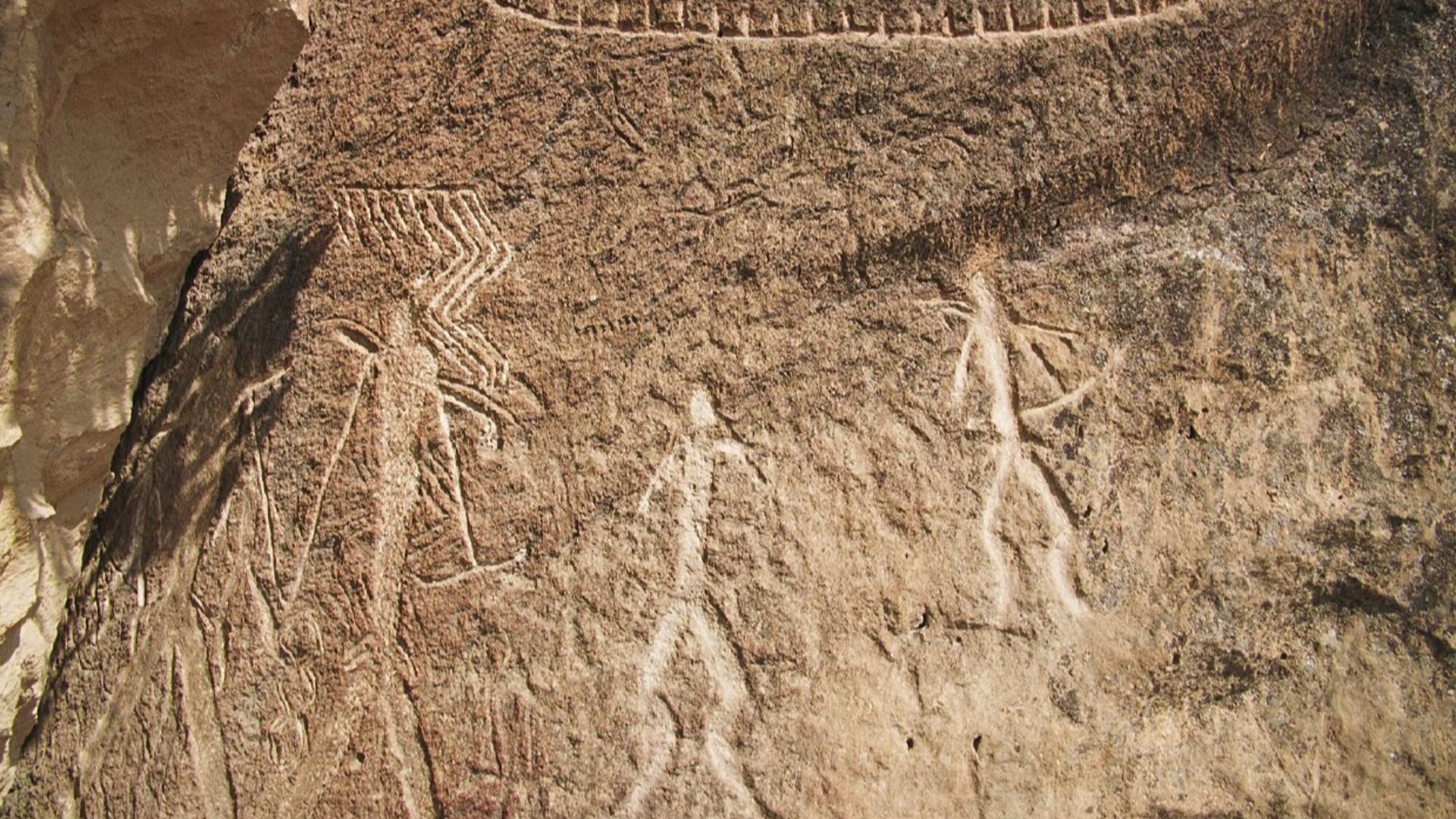 Bruno Girin, Wikimedia Commons
Bruno Girin, Wikimedia Commons
The Environmental Story Behind The Settlement
These people didn’t choose their homes at random. The sites, which feature water access and fertile plains, provided everything necessary for a stable life. By studying soil layers and plant remains, researchers are piecing together a picture of the environment that helped shape their world.
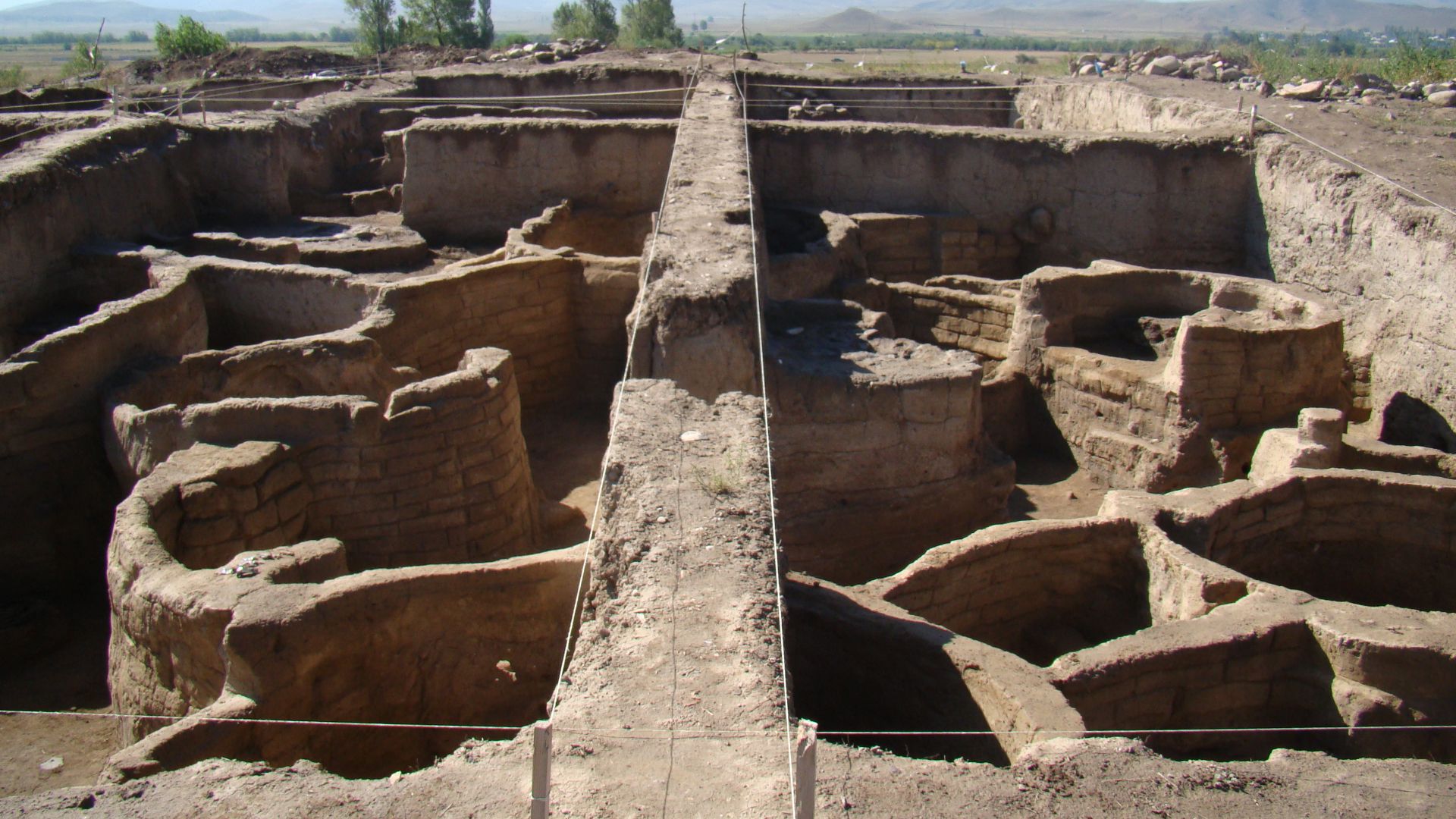 Eldar quliyev, Wikimedia Commons
Eldar quliyev, Wikimedia Commons
Plans For A Museum And Cultural Interpretation Center
Discussions are underway to turn the site into a public experience, something like viewing platforms and an interpretive center. Imagine standing above a burial mound and realizing it’s older than the city you live in. That’s some serious time travel.
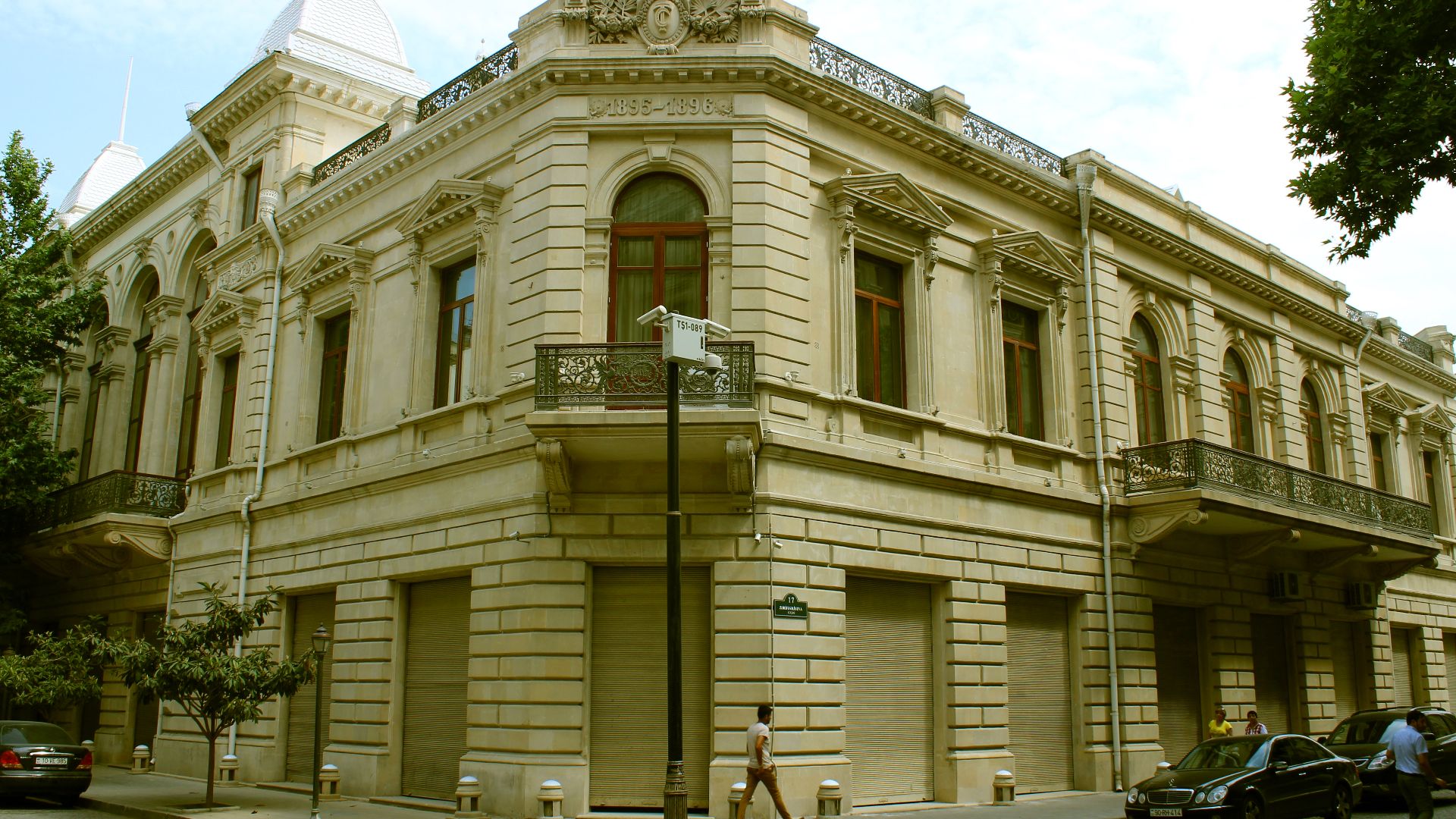 Urek Meniashvili, Wikimedia Commons
Urek Meniashvili, Wikimedia Commons
Public Education Becomes Part Of The Excavation
This dig has become a national learning hub. Over 2,000 students, teachers, and museum staff members have participated in summer programs. With a museum and interpretation center in planning, the project aims to educate all while preserving history at the grassroots level.
Azerbaijan Reframed in Bronze Age History
This discovery is reshaping historians' understanding of Bronze Age Eurasia as well. Azerbaijan, once considered peripheral, now stands as a central hub of ancient cultural exchange. The term Keshikchidagh Kurgans has entered scholarly literature and marks a shift in archaeological thinking worldwide.
 7000 years old civilization in Azerbaijan | Azerbaijan 🇦🇿 trip EP.09 by Abdul Latif Chohan - Vlogs
7000 years old civilization in Azerbaijan | Azerbaijan 🇦🇿 trip EP.09 by Abdul Latif Chohan - Vlogs
Ongoing Research Aims To Decipher Origins
The deeper the dig, the more questions arise. Who were these people? Where did they come from? Researchers are still analyzing bone fragments, pottery styles, pollen samples, and more, to piece together the evidence. Each clue helps flesh out the lives buried beneath the hills.
 What’s Buried in Azerbaijan’s Old Villages? by Middle East Info
What’s Buried in Azerbaijan’s Old Villages? by Middle East Info
A New Chapter In The Story Of Human Civilization
Although this is Azerbaijan’s story, it’s also part of humanity’s broader narrative. Each burial mound reminds us that people were building and burying long before history gave them credit. Sometimes, the most ancient truths lie just beneath our feet, waiting and full of surprises.
 What’s Buried in Azerbaijan’s Old Villages? by Middle East Info
What’s Buried in Azerbaijan’s Old Villages? by Middle East Info

